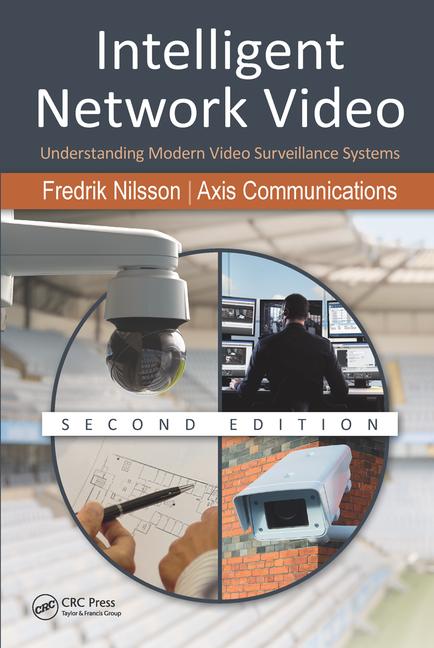Combining the key feature sets of discrete security systems — such as access control and video surveillance — is giving installing security contractors the capability to create new business efficiencies for their end customers and expand upon existing systems.
With the integration of access control and video systems, the now combined high-value data can be leveraged to quickly analyze persons of interest who enter an area with an associated credential. Not having to maneuver between separate systems not only speeds up the analysis of an incident, but potentially helps security personnel expedite their response when seconds matter most.
With a single interface, unified systems simplify the overall security operation and improve a building’s visibility. For example, security cameras can be linked with access control at entry points and alert staff immediately to tailgating incidents. Among other benefits, organizations can track space usage and traffic patterns by specific user or type of user. Dual authentication for access can be implemented, as well as compliance for protective gear, verifying that access holders comply with COVID-19 mask use, among other safety requirements.
A single interface is the most efficient way for security staff to verify the identity of users and visitors before they gain entry to the building. Security dealers and integrators can also consider further automating the process by integrating ID verification software. This can give end customers the ability to verify the identity of users automatically before they can enter the building. This can free up a security team from the repetitive nature of manually identifying individuals.
Remote monitoring is growing in prevalence, thanks to unified video and access systems. When integrated, these systems can deliver real-time monitoring functionality that allow a single staff member to monitor multiple sites from their location. With remote viewing capability, security personnel can view live video feeds from their mobile device or computer and respond as the incident demands.
The simultaneous viewing of video and access control data — rather than linking and reviewing them after an event — means staff can respond to an incident in real-time. This enhances an organization’s overall security and goes a long way in helping minimize threat risks over time. Moreover, video integration can communicate with access control platforms to lockdown doors when needed.
Integrating access control and video systems is being extended to the cloud as well. Detailed access control events can be collected from linked accounts and fed into a cloud-managed video platform alerts engine, along with data from other connected systems such as alarm panels and video analytics. The integration results in users benefitting from real-time intelligence with actionable alerts, video and audio verification of access events, and streamlined incident investigation.










